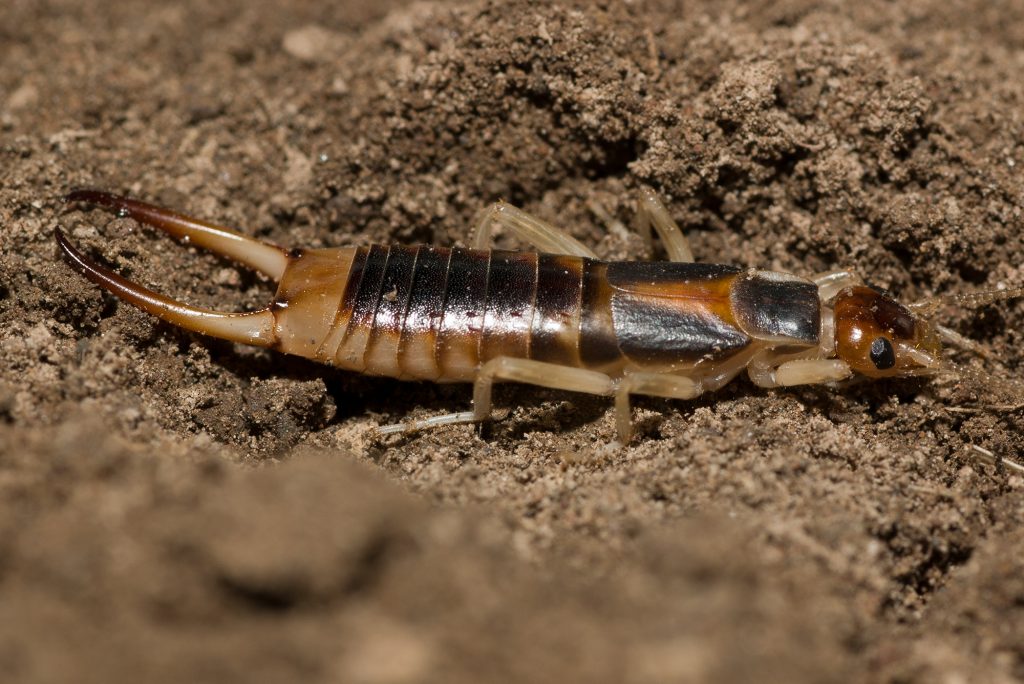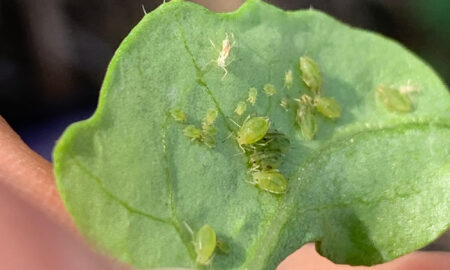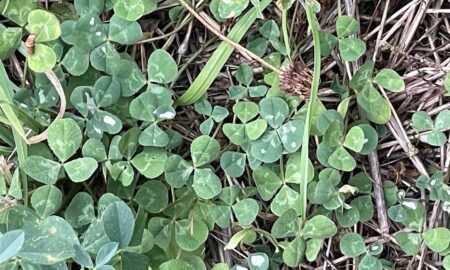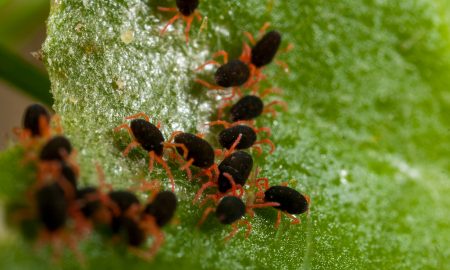Cultural and chemical management options are limited post-sowing for slaters, millipedes and earwigs.
Slaters, millipedes and earwigs have become increasingly common in broadacre crops over recent years.
This is largely due to minimum/no-till and stubble retained cropping practices. Crop stubble provides a cool, moist habitat that aids invertebrate survival.
The main slaters found in broadacre crops are the common slater (Porcellio scaber) and the pill bug (Armadillidium vulgare), while a third species, the flood bug (Australiodillo bifrons), is an occasional pest of cereals in parts of northern NSW.
The black Portuguese millipede (Ommatoiulus moreletii) and the European earwig (Foricula auricularia) are the millipede and earwig species of concern, respectively.
While these pests are found in many crops, canola seedlings are often most susceptible to damage.
Managing slaters, millipedes, and earwigs is not always as straightforward as we’d like it to be.
Firstly, millipedes and slaters are often happy feeding on decaying stubble and organic matter in paddocks. This means they can be present in high numbers without causing crop damage. We do not understand what triggers these species to turn their attention to crop plants in some circumstances. Nor can we predict under what conditions damage is likely to occur.
Secondly, these pests often coexist in the same paddock and the damage they inflict is not always discernible by species.
Thirdly, most management decisions for control of these species occur prior to sowing (e.g. reducing stubble loads, burning, cultivating). Once the crop has germinated, cultural and chemical control options are limited.
This season we have had multiple reports of slaters, black Portuguese millipedes and European earwigs feeding on emerging canola crops in the Victorian South West and Northern Country, and the NSW Riverina. No doubt, these species are prevalent in many other areas at present. If you are a grower or adviser facing the same problem, consider the following:
Inspect crops
Plant damage from slaters, millipedes and earwigs can be easily confused with slug and snail damage.
Monitor paddocks for slugs and snails to rule out these pests.
Because large numbers of slaters and millipedes can build up in paddocks without causing significant crop loss, try to catch the culprit(s) red-handed.
Slaters, earwigs, and millipedes (and slugs and snails) are mostly active at night, so nocturnal direct searching with a torch may be necessary to identify the source of damage.
In the case of earwigs, be careful not to confuse the European earwig with native species, many of which are beneficial predators. One of the most effective beneficial predatory species has an orange triangle behind its head on the wing case.

Resowing affected paddocks
If having to resow canola paddocks, consider a high vigour variety at an increased seeding rate to compensate for damage.
Chemical control
Seed treatment choice will also influence the degree of feeding damage.
cesar has conducted research trials that show fipronil-based seed dressings can help canola seedlings withstand attack from slaters, millipedes, and earwigs. However, seed treatments will not provide complete protection from these species.
There are no foliar insecticides registered against slaters, millipedes and European earwigs in broadacre crops, and field reports indicate they are relatively unaffected by sprays of both synthetic pyrethroids and organophosphates applied to control other crop establishment pests.
One of the challenges is these species tend to shelter under stubble, rocks and clods of dirt, thus avoiding contact with insecticide sprays.
Using broad-spectrum insecticides will also have negative consequences on beneficial invertebrates that play a role in controlling crop pests.
cesar has recently undertaken laboratory-based microcosm trials with Bayer Crop Science looking at methiocarb baits. Although still preliminary, these trials showed methiocarb has efficacy against the pill bug slater, the black Portuguese millipede and the European earwig, and provide some protection to emerging canola seedlings.
Acknowledgements
Sources of field reports
John Anderson – Landmark (Riverina, NSW)
James Challis – Rodwells (Northern Country, VIC)
Craig Henson – Kelly & Henson (South West, VIC)
Rick Rundell-Gordon – Grounded Agronomy (Mallee, VIC)
Greg Toomey – Landmark (Northern Country, VIC)
Cover image: Photo by Cesar Australia





